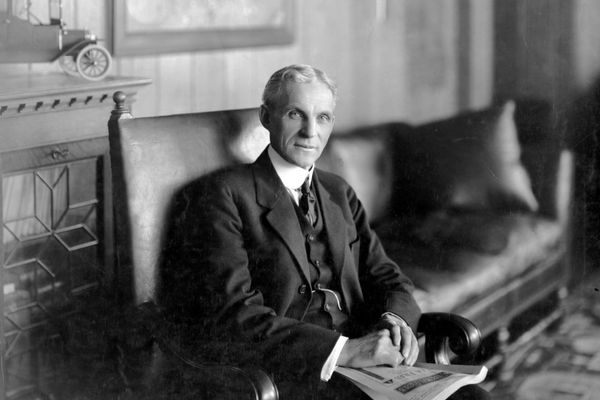Spite might be one of the world's oldest emotions. For proof, read the "Iliad", the Greek poet Homer's story of the Trojan War, written around the 7th century B.C.E. In it, the Greek king Agamemnon compelled Achilles, his most able warrior, to give him a captured concubine named Briseis.
This angered Achilles so much that he not only refused to fight, he asked his mother, the sea-nymph Thetis, to convince Zeus to let the Trojans win the war for a while.
Advertisement
But even after the humiliated king offered to give back Briseis, Achilles was unmoved, perhaps because he was enjoying Agamemnon's misery too much. That's when Achilles' spitefulness backfired on him, because his friend Patroklos was killed in battle by the Trojan warrior Hector. This ultimately led to Achilles taking revenge upon Hector, only for Hector's brother, Paris, to kill him with an arrow [source: Reed College].
But hey, even though it cost Achilles his life, he sure did show Agamemnon, didn't he? That's one of the problems with spite. It may feel deliciously satisfying to punish someone we feel has wronged us. But the urge can become so powerful that, if left unchecked by reason, it can spiral to self-destructive extremes.
In a study published in the journal Psychological Assessment in 2014, researchers questioned almost 300 adults about the degree of their desire to get back at others, and compared it to other data about their mental health. The researchers found that spitefulness was associated with a host of undesirable qualities, including aggression, narcissism, and psychopathy [source: Marcus, et al.].
But all the same, it's hard not to admire the sheer ingenuity and determination of the spiteful. And some of their targets probably deserve it. In that spirit, here are 10 noteworthy examples of things done completely out of spite.













